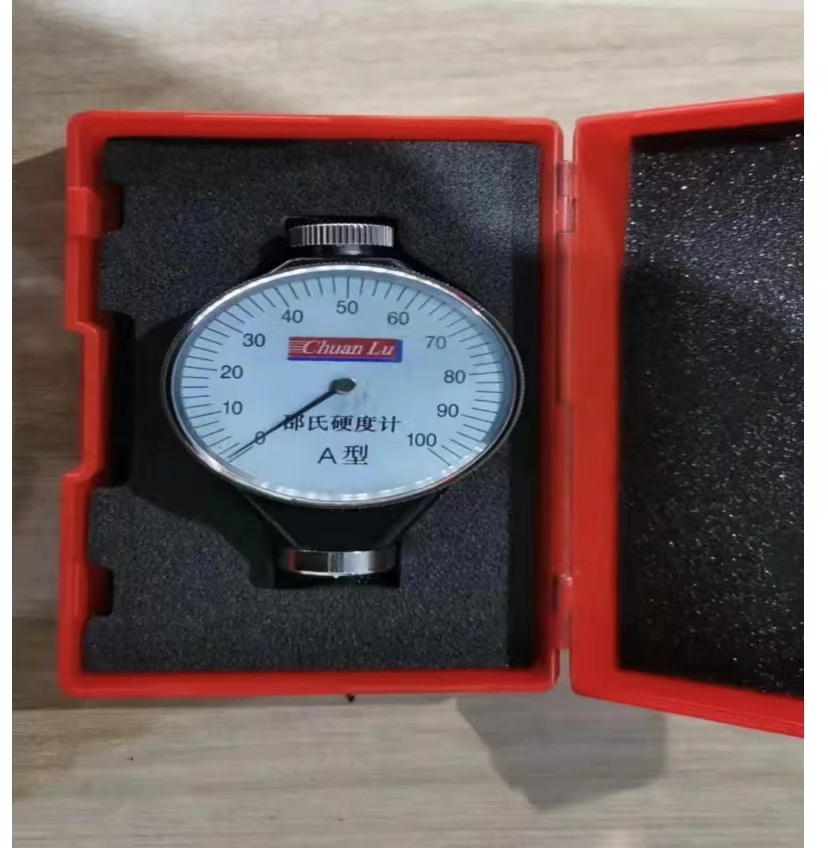Rubber Fender
A Rubber Fender is a resilient, flexible device designed to absorb the impact and energy of vessels docking or berthing against a solid structure, such as a quay or a pier. These fenders are primarily used in marine applications, where they serve to protect both the vessels and the structures from damage during docking maneuvers. Made from durable rubber materials, Rubber Fenders are engineered to withstand harsh marine environments, including saltwater, UV exposure, and extreme temperatures.
Rubber Fenders come in various shapes and sizes, such as cylindrical, rectangular, or cone-shaped, allowing for customization based on specific application needs. Their primary uses include mooring systems, ship-to-ship transfers, and in shipyards. They are essential for ports, docks, and harbors, where the frequent movement of vessels occurs.
In addition to their protective function, Rubber Fenders also help in reducing maintenance costs for both ships and docking infrastructure. By absorbing shock and impact forces, they minimize the risk of structural damage and enhance safety for personnel working around vessels. Their lightweight nature and ease of installation further contribute to their popularity in the maritime industry. Overall, Rubber Fenders are a crucial component in ensuring the safe and efficient operation of marine facilities.
What Are The Advantages Of Using Rubber Fenders Compared To Other Types Of Fenders?
Rubber Fenders offer several advantages over other types of fenders, making them a preferred choice in many marine applications. One of the primary benefits is their excellent energy absorption capacity. Rubber has inherent elasticity, allowing these fenders to effectively absorb and dissipate the impact forces generated when vessels come into contact with docks or other structures. This energy absorption helps reduce the risk of damage to both the vessel and the infrastructure.
Another significant advantage of Rubber Fenders is their durability. They are designed to withstand harsh marine environments, including exposure to saltwater, UV rays, and extreme weather conditions. This durability results in a longer lifespan compared to fenders made from other materials, such as foam or plastic, which may degrade more quickly.
Rubber Fenders are also versatile in their design. They can be produced in various shapes and sizes, allowing for customization to meet specific operational needs. This adaptability makes them suitable for a wide range of applications, from small boat docks to large commercial shipping ports.
Furthermore, Rubber Fenders are relatively lightweight, making them easier to handle and install. This ease of installation can lead to lower labor costs and quicker project timelines. Finally, their maintenance requirements are minimal, as rubber is resistant to corrosion and does not require frequent replacement.
Overall, the combination of energy absorption, durability, versatility, and ease of use makes Rubber Fenders an excellent choice in marine environments.
How Do You Select The Right Rubber Fender For A Specific Application?
Selecting the right Rubber Fender for a specific application involves considering several key factors to ensure optimal performance and protection. First, it's essential to assess the type of vessels that will be using the docking facility. The size, weight, and speed of the vessels will significantly influence the type of fender required. Larger and heavier vessels typically require more robust fenders with higher energy absorption capacities.
Next, evaluate the environmental conditions of the docking area. Factors such as water depth, tidal variations, and wave action can impact the selection of the fender. For example, areas with high tidal ranges may necessitate fenders that can accommodate vertical movements without compromising effectiveness.
The type of docking structure also plays a role in the selection process. Rubber Fenders come in various shapes and designs, including cylindrical, flat, and cone-shaped options. The geometry of the fender should align with the design of the docking facility to ensure proper contact and performance during vessel berthing.
Additionally, consider the installation method and available space. Some fenders are easier to install and require less space, which can be crucial in congested or limited docking areas. Finally, it's advisable to consult with a marine engineering professional or a fender manufacturer to ensure that the selected Rubber Fender meets all safety and operational requirements for the specific application. Overall, careful consideration of these factors will help ensure the effective protection of both vessels and docking structures.















